Sequencing in Mathematics
Sequencing in mathematics refers to the arrangement of numbers or objects in a specific order or pattern. It involves understanding the concept of ordinal numbers and patterns.
Ordinal Numbers
Ordinal numbers are used to indicate the position or order of objects. For example, first, second, third, fourth, and so on. Understanding ordinal numbers is important for sequencing because it helps in organizing objects in a specific order.
Numeric Sequences
Numeric sequences are arrangements of numbers in a specific order or pattern. Common numeric sequences include counting by ones (1, 2, 3, 4, ...), counting by twos (2, 4, 6, 8, ...), and counting by tens (10, 20, 30, 40, ...). Understanding numeric sequences helps in developing number sense and identifying patterns in mathematics.
Patterns
Sequencing also involves recognizing and extending patterns. Patterns can be visual, such as shapes or colors, or numerical, such as number sequences. Identifying and understanding patterns helps in developing critical thinking and problem-solving skills.
Importance of Sequencing
Sequencing is a fundamental concept in mathematics that lays the foundation for understanding number relationships, order, and patterns. It is essential for developing strong mathematical skills and logical thinking.
Understanding sequencing in mathematics allows students to comprehend numerical order, identify patterns, and solve mathematical problems more effectively.
In summary, sequencing in mathematics involves understanding ordinal numbers, numeric sequences, and patterns. It is a crucial concept for building strong mathematical skills and problem-solving abilities.
[Sequencing] Related Worksheets and Study Guides:
.◂Math Worksheets and Study Guides First Grade. Sequencing
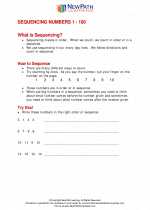
 Activity Lesson
Activity Lesson
 Activity Lesson
Activity Lesson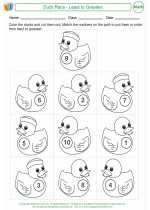
 Activity Lesson
Activity Lesson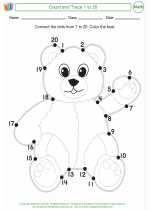
 Worksheet/Answer key
Worksheet/Answer key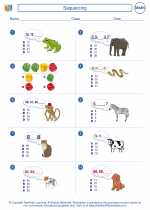
 Worksheet/Answer key
Worksheet/Answer key
 Worksheet/Answer key
Worksheet/Answer key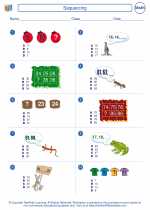
 Worksheet/Answer key
Worksheet/Answer key
